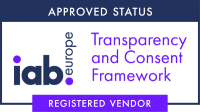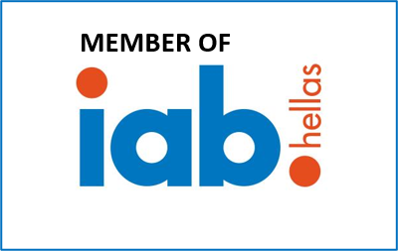It is hard to imagine at least one day of our lives without opening the Internet browser and users from all over the world reach your ads and websites the same way. However, advertisers know that wherever their potential leads are, there are also bots.
Today, we do everything through browsers – they actually keep us connected to the world web. The time of TV ads is gone, so browsers are the main place where people see ads these days. No wonder that fraudsters aim at web-browsers, though.
Which browser fraud schemes and types are widespread? How to avoid losing your ad budget? Let’s spread the light on these and other hot questions.
How do cheaters use browsers to steal your budget?
There are four widespread types of browser fraud to highlight:
Custom browsers
Today, everyone can create his own browser using the Google open source engine called Chromium. Using custom browsers and special software that falsifies user data, cheaters can make bots look like real users.
The criminals can alter almost any information, including users origin, behavior, and even their custom browser can be disguised as the common one. As a result, we get a classic fraud scheme – data falsification to make bots look like they are people.
Malicious extensions
With the help of infected extensions and applications, fraudsters can insert ads into sites and apps without being detected by users. The riskiest scenario happens when malware performs website redirects.
Say, a user clicks some ad banner on a website and appears on the advertiser’s landing page. His initial cookies are related to the advertising network used by the ad owner. However, the malicious extension changes those cookies (and this is also a type of cookie stuffing).
Because of the changed cookie, at the moment when a user completes a desired action – be it purchase, registration, or anything else required – the advertiser pays money to the one who tackled this visitor. As you can understand, this lucky one is a fraudster.
Domain spoofing
Basically, the domain spoofing technique is associated with fake websites that look like legitimate ones. Also, there are more advanced methods of domain spoofing – they involve websites or browsers infected with malware.
- Tricks with URL
The classic strategy of fraudsters is imitation of premium websites. Their fake sites usually have the same design elements and URLs that closely resemble the original and trusted ones. In some cases, fraudsters simply swap the letters or use Unicode characters, hoping that nobody will notice.
- Cross-domain spoofing
This method implies a bit more complicated scheme. To do cross-domain spoofing, fraudsters choose two websites: one of them usually has low-quality ad inventory and intense traffic flow, while the second one is quite the opposite – high-quality inventory plus low traffic.
Fraudsters use the HTML <iframe> tag to embed another document within the current HTML document. To put it simply, they embed low-quality sites within the tag, so ads from poor-quality sites appear as if they are shown on high-quality ones.
Cookie stuffing
Cookie stuffing is the organic traffic theft. To stuff cookies, fraudsters usually buy the cheapest possible traffic and receive money for fake user activity.
Cookie stuffing can bring numerous issues. For instance, criminals might use farms of infected devices to run background processes on users’ phones and computers – display invisible ads, follow links, fill out forms, etc. As a result, the actions are paid, but they never end with conversions or at least impressions.
By a similar scheme, fraudsters can change or steal cookies to deprive advertisers of organic traffic, turning natural visitors into paid ones.
All of these schemes have obvious aims – getting your budget and selling bot traffic as real one. How to deal with them? ADEX knows.
How can we help?
The main problem with browser fraud is its universality – browsers are something we all use every single day, so whenever you start a digital ad campaign, you are at risk. Especially, if you prefer purchasing traffic massively and use numerous different traffic sources.
How to prevent the budget damage? Make sure to set ADEX up on all of your landing pages and check your traffic sources as well as events that occur on your website in real time. Our tools can help you prevent cookie stuffing, detect malicious browser extensions, and custom browsers.
The ADEX kit can help you reach the maximal level of accuracy, since our tracking and reporting tools analyze browser properties and behavior of every single user individually. Whenever a suspicious event occurs, you get informed by the system and have an option to block or redirect harmful traffic sources immediately.
As such, you prevent the problem instead of fighting the unpleasant consequences. Still, even if you need help after the disaster has already happened, remember that with us you can create a custom report with fraud evidence to convince your traffic provider and get a refund.


